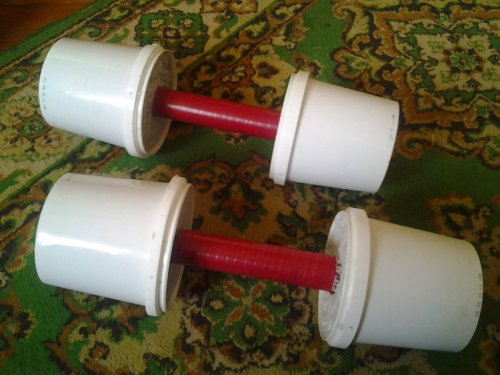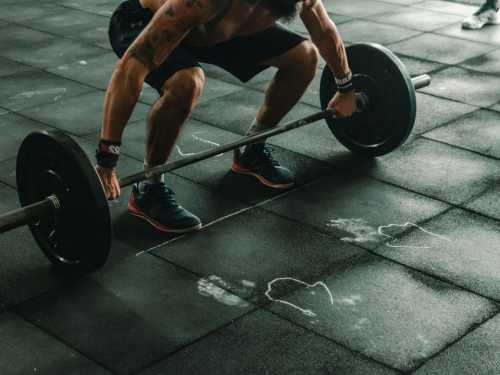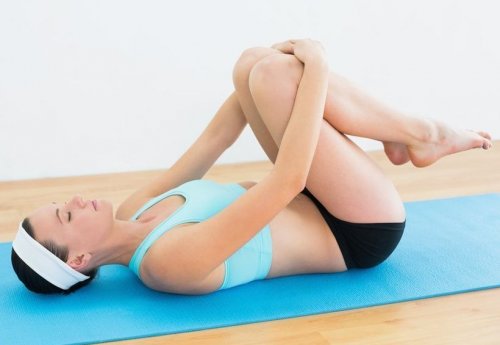
We already know how to make simple hand weights. I think people who train also know how to use them, that is, the exercises. At least with classic barbells, kettlebells, and dumbbells. But “handcrafted” equipment, unlike “normal” ones, is unconventional.
This is both a disadvantage and an advantage. The disadvantage is the inconvenience compared to industrially produced equipment. The advantage is the ability to customize it. And not just the weight and size, but also the shape of the equipment. This is a significant advantage of such improvised equipment. For example, you can customize the handles of a barbell, dumbbell, or kettlebell to the thickness you need. Not necessarily comfortable, but just right… And here we move from making equipment to using it.
Why isn't “appropriate” always “comfortable”? First of all, if they were the same thing, there wouldn't be two different words. But seriously, it all depends on the goal of a particular exercise. If we're working with maximum weight, a comfortable grip is appropriate. If, say, we're developing our wrists/forearms/grip strength, it makes sense to thicken the handle, making it less comfortable. The grip can be either hard or soft (for example, made from pipe insulation). In the former case, you'll have to grip the handle, opening your hand more than usual and applying static load in an awkward position. A soft grip can be made as thick as possible, squeezing the handle as tightly as possible and holding it that way throughout the exercise.
Sand/water canisters are great for home workouts. You might argue: their capacity is too small! For example, I've seen canisters with a maximum capacity of about twenty liters. That's not enough for any serious strength training. But that's for traditional pump-ups. And even then, it depends on your weight and fitness level. For some, 20 kg per arm is fine. And it depends on the exercises! Not everyone does bodybuilding or powerlifting. There are different types of fitness, martial arts, and so on. For example, canisters with a capacity of 1-5 liters make excellent weights for exercises like boxing. However, some might find even that too light—well, there are 10 and 20 liter canisters!
If you're averse to boxing or any similar exercise, lightweight canisters of various sizes can be used in warm-ups for intense, full-range movements.
By the way, you can hold that same large canister by more than just the handle. How else? By one edge, with both hands. Or, if that's easy, with one. By both edges. Again, by both edges—but don't squeeze with your fingers, but rather, by pressing your palms against both sides, holding the canister by squeezing it, using static tension. And, holding it like that, we lift it, twist our torso, squat—basically, try different movements using our torso and legs, to the best of our ability and imagination.
Strapping two large gas cans together makes for excellent weights for the “farmer's walk.” Two 20-liter cans equals 40 kg in each hand. Not enough? Then three 20-liter cans! This will also add bulk to the equipment, making the exercise even more difficult. Still not enough? Put a backpack filled with something heavy on your back! When I quickly needed some weight on my back, I simply filled an old backpack with old books. Sure, the weight wasn't as heavy with the books—but I wasn't doing any strength training anyway.
By the way, you can weigh down your backpack with… a weight training bag. Take a larger bag, fill it with something heavier, and tuck it into your backpack!
If a backpack with this type of filling is too light for proper leg training, you can find another use for it. More precisely, it's the same heavy bag, but with straps that act as handles. This “modernized” bag can be swung overhead or even waved…
However, bag exercises deserve a separate article. The same goes for working on problematic body parts like the forearms…






